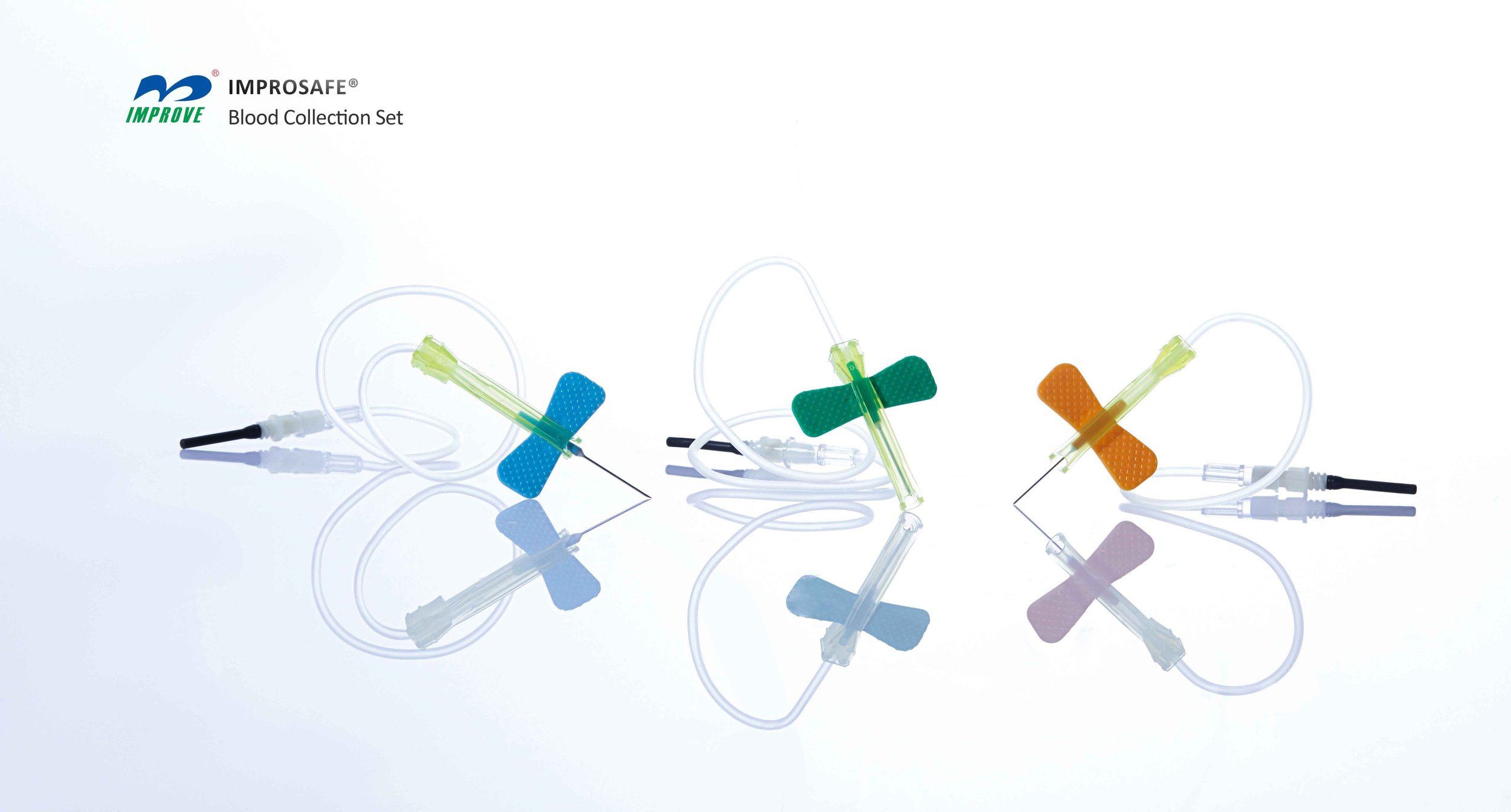Ensuring Safety in Phlebotomy: Key Measures to Follow to Comply with OSHA Regulations
Summary
- Phlebotomists play a crucial role in the medical field by drawing blood for various tests and procedures.
- It is essential for phlebotomists to follow specific safety measures to comply with OSHA Regulations in the United States to ensure their safety and the safety of patients.
- Key safety measures include proper Hand Hygiene, the use of personal protective equipment, safe handling of sharps, and Proper Disposal of biohazardous materials.
Introduction
Phlebotomy is a critical aspect of healthcare that involves drawing blood from patients for various tests and procedures. Phlebotomists play a vital role in the medical field, ensuring that blood samples are collected safely and accurately. To protect both themselves and patients from potential harm, phlebotomists must adhere to specific safety measures set forth by the Occupational Safety and Health Administration (OSHA) in the United States. In this article, we will discuss the specific safety measures that phlebotomists should follow to comply with OSHA Regulations.
Hand Hygiene
One of the most important safety measures that phlebotomists should follow is proper Hand Hygiene. Keeping hands clean is essential to prevent the spread of infection and ensure the safety of both phlebotomists and patients. Phlebotomists should wash their hands thoroughly with soap and water before and after each patient interaction. If soap and water are not available, they should use an alcohol-based hand sanitizer. By practicing good Hand Hygiene, phlebotomists can reduce the risk of transmitting infections and promote a safe healthcare environment.
Personal Protective Equipment
Another crucial safety measure for phlebotomists is the use of personal protective equipment (PPE). PPE includes gloves, gowns, masks, and eye protection, which help protect phlebotomists from exposure to bloodborne pathogens and other potentially infectious materials. Phlebotomists should wear gloves whenever they are in contact with blood or body fluids, change gloves between patient interactions, and dispose of used gloves properly. In addition to gloves, phlebotomists should also wear gowns, masks, and eye protection as needed to prevent exposure to splashes, sprays, or splatters of blood or other potentially infectious materials.
Safe Handling of Sharps
Phlebotomists must also follow safety measures when handling sharps, such as needles and lancets, to prevent accidental Needlestick Injuries. Sharps injuries can result in the transmission of bloodborne pathogens, so it is essential for phlebotomists to exercise caution when handling and disposing of sharps. Phlebotomists should never recap needles, bend or break needles by hand, or manipulate sharps in any way that could increase the risk of injury. Instead, they should dispose of sharps in puncture-resistant containers immediately after use and follow proper protocols for sharps disposal to minimize the risk of Needlestick Injuries.
Proper Disposal of Biohazardous Materials
In addition to following safety measures for Hand Hygiene, PPE, and sharps handling, phlebotomists must also ensure the Proper Disposal of biohazardous materials. Blood and other potentially infectious materials should be disposed of according to OSHA Regulations to prevent the spread of infection and protect the environment. Phlebotomists should use designated biohazard containers for the disposal of blood tubes, gloves, gauze, and other materials that may be contaminated with blood or body fluids. By following proper protocols for the disposal of biohazardous materials, phlebotomists can maintain a safe and clean work environment.
Conclusion
Phlebotomists play a crucial role in the medical field by drawing blood for various tests and procedures. To ensure their safety and the safety of patients, phlebotomists must follow specific safety measures to comply with OSHA Regulations in the United States. These safety measures include proper Hand Hygiene, the use of personal protective equipment, safe handling of sharps, and Proper Disposal of biohazardous materials. By adhering to these safety measures, phlebotomists can minimize the risk of exposure to bloodborne pathogens and create a safe healthcare environment for all.

Disclaimer: The content provided on this blog is for informational purposes only, reflecting the personal opinions and insights of the author(s) on the topics. The information provided should not be used for diagnosing or treating a health problem or disease, and those seeking personal medical advice should consult with a licensed physician. Always seek the advice of your doctor or other qualified health provider regarding a medical condition. Never disregard professional medical advice or delay in seeking it because of something you have read on this website. If you think you may have a medical emergency, call 911 or go to the nearest emergency room immediately. No physician-patient relationship is created by this web site or its use. No contributors to this web site make any representations, express or implied, with respect to the information provided herein or to its use. While we strive to share accurate and up-to-date information, we cannot guarantee the completeness, reliability, or accuracy of the content. The blog may also include links to external websites and resources for the convenience of our readers. Please note that linking to other sites does not imply endorsement of their content, practices, or services by us. Readers should use their discretion and judgment while exploring any external links and resources mentioned on this blog.
